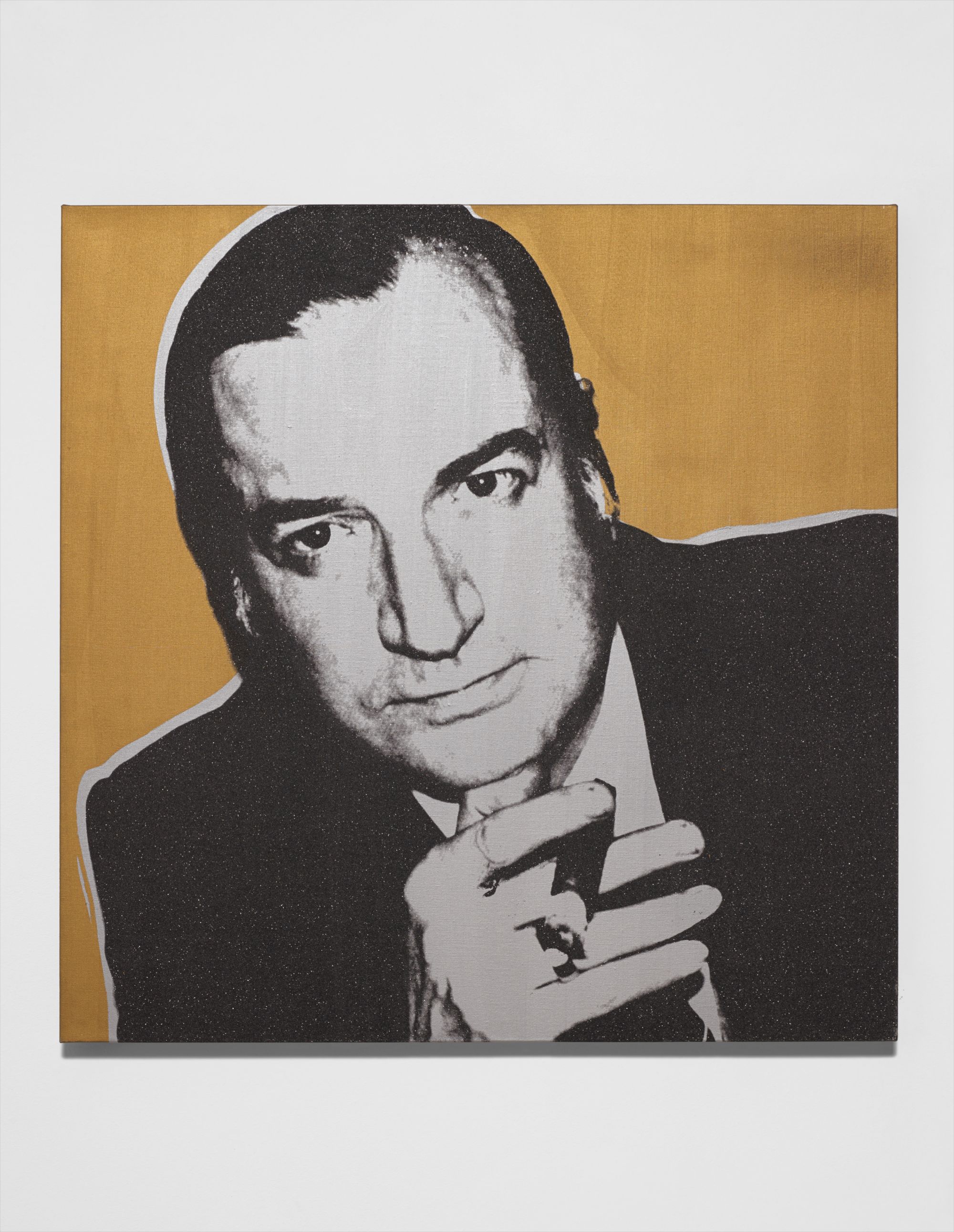

20
Andy Warhol
Miguel Berrocal
Full-Cataloguing
Berrocal’s immense knowledge of architecture and mathematics enabled him to create artworks encompassing the principles of form and assemblage. His sculptures consist of interlocking elements, known as ‘component parts’, which can be transformed into unique forms, creating arresting and intriguing objects. Berrocal, born in Malaga, Spain in 1933, studied at the Academia de Bellas Atres de San Fernando, the Escuela de Artes Grafica and enrolled in evening classes at the Escuela de Artes y Oficios. It was here that renowned sculptor, Angel Ferrant, became his teacher, and friend.
The Spaniard’s illustrious career spanned decades and saw his work travel much of Europe and North America in a series of immensely successful exhibitions. His unique approach to his art making practice garnered him recognition at home and abroad as he strived to stretch the boundaries of traditional sculpture: “Empty space is as alive as full space. Look at it!” (Berrocal quoted in: Parallel Paths: Guidelines to understand and penetrate Miguel Berrocal’s Art, Foundatión Escultor Berrocal, 2007, p. 7). In 1970, Berrocal found himself in New York. It was here that he was first introduced to Warhol, and his Factory.
Similarly to Warhol, Berrocal explored the concept of mass-produced art, echoing a capitalist and consumer-driven culture that was fully realised in the 20th Century. Berrocal successfully extended art’s reach to the masses through the reproduction techniques of graphic art. Warhol’s visually stimulating world of Pop Art – a term coined by British-born art historian, curator and critic, Lawrence Alloway, abbreviated from the phrase, ‘popular art’ – enticed his audience, alluring the public’s gaze with his glossy silkscreens and large-scale colourful portraits of Hollywood’s elite: “My idea of a good picture is one that’s in focus and of a famous person.” (Warhol quoted in: Christoph Heinrich, Candice Breitz, and Andy Warhol, Andy Warhol photography: the Andy Warhol Museum, Pittsburgh, Hamburg Kunsthalle. Thalwil/Zürich: Edition Stemmle, 1999, p. 33)
Screen sirens Marilyn Monroe and Brigitte Bardot, alongside photographer Man Ray and Warhol’s Factory colleagues, to name a few, join Miguel Berrocal in their immortalisation under Warhol’s artful hand. His high-profile subjects ascend to another level of celebrity in his bold silkscreens. This is especially pertinent in his iconic, Gold Marilyn Monroe (1962). Her features are whimsically highlighted in shades of turquoise, sunflower yellow and bright pink, yet Warhol’s Marilyn is afforded softness by the golden background surrounding her. The psychedelic colour palette that adorns one of Hollywood’s most recognisable women of the 20th Century enhances her iconic stature and adds to her unwavering brand of sex symbol and movie star.
Warhol’s portrayal of his subjects in this style is clearly evoked in Miguel Berrocal. The brooding black and white portrait of the eminent sculptor leaps off the orange tinted canvas as if to challenge the viewer. Berrocal’s striking pose is reminiscent of powerful magnates, which is heightened by his unwavering gaze through Warhol’s lens. Likened to his Gold Marilyn Monroe, Warhol has succeeded in transforming an already renowned cultural figure into the stratosphere, which was undoubtedly his initial intention: “It’s not what you are that counts; it’s what they think you are.” (Warhol quoted in: POPism; The Warhol Sixties, London: Penguin Books, 2007, p. 248).
Warhol’s dynamic portrayal of his subjects catapults them to greater heights of fame, whilst simultaneously strengthening his own celebrity. The similarities between Berrocal and Warhol are undeniable and are effortlessly conveyed in this 1982 silkscreen. Consumerism, celebrity and ‘art for the masses’ were ideologies that both artists strived to achieve – Warhol in his ability to transform the identity of a portrait, and Berrocal’s innate understanding of shape and form. In this regard, the present lot remains an exemplary representation of Warhol’s unique style and contribution to modern art.
Andy Warhol
American | B. 1928 D. 1987Andy Warhol was the leading exponent of the Pop Art movement in the U.S. in the 1960s. Following an early career as a commercial illustrator, Warhol achieved fame with his revolutionary series of silkscreened prints and paintings of familiar objects, such as Campbell's soup tins, and celebrities, such as Marilyn Monroe. Obsessed with popular culture, celebrity and advertising, Warhol created his slick, seemingly mass-produced images of everyday subject matter from his famed Factory studio in New York City. His use of mechanical methods of reproduction, notably the commercial technique of silk screening, wholly revolutionized art-making.
Working as an artist, but also director and producer, Warhol produced a number of avant-garde films in addition to managing the experimental rock band The Velvet Underground and founding Interview magazine. A central figure in the New York art scene until his untimely death in 1987, Warhol was notably also a mentor to such artists as Keith Haring and Jean-Michel Basquiat.